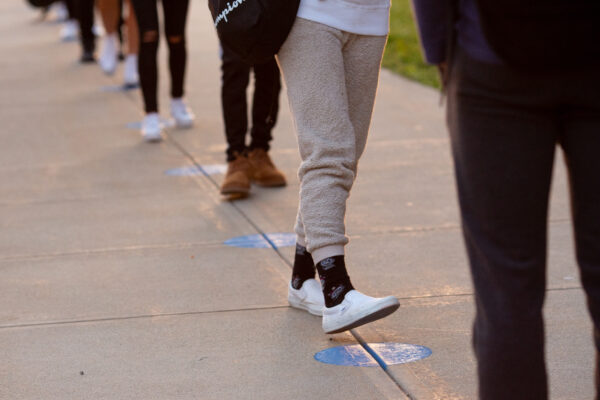Since the beginning of the coronavirus pandemic, schools have grappled with how, and when, to reopen for in-person learning. Central to this decision is the question of whether it is safe for students to attend classes in person, or if schools reopening will increase the spread of Covid-19 in communities.
In a new working paper from the Center for Education Data & Research, Tara Kilbride, Erica Harbatkin, Nate Brown, Bryant Hoptkins, Katharine Strunk, Scott Imberman, and Dan Goldhaber explore whether students returning to the classroom for in person learning contributes to outbreaks of the virus.
The researchers used data from Washington and Michigan to understand how districts’ decisions to use in-person, hybrid, or fully remote instruction models influenced the spread of Covid-19 in the surrounding areas. They looked at data in both states from last fall and examined daily confirmed cases, average daily cases from a seven-day period, and the time it took for Covid-19 cases to double. The researchers then compared these numbers with school districts’ instruction models at the time to see if spiking in cases could be tied to in-person learning options.
They found that in areas where community spread of Covid was low, in-person learning did not contribute to rising cases, whereas in areas where the virus was already rampant in the community, students attending in-person classes contributed to an increase in cases.
These results are consequential in providing a roadmap for school districts as they consider how and when they should re-open for in-person classes, and equally as important, how and when they should transition back to remote learning.
By Catherine Dragone
